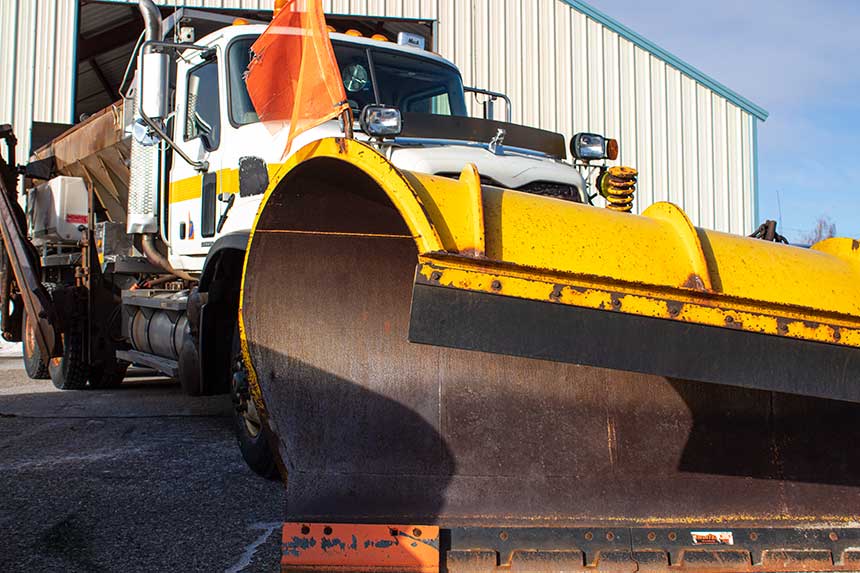‘Slow Down, Move Over’ law applies to snowplows
Published at | Updated at
IDAHO FALLS — The “Slow Down, Move Over” law doesn’t just apply to tow trucks and police cars. It applies to snowplows too.
With the cold and snowy weather, snowplows are hitting the roads. They don’t just plow the roads — they’re also considered incident response vehicles and will often stop to help drivers who have gone off the road. Idaho’s “Slow Down, Move Over” law requires motorists to slow down when they see the plow’s flashing lights on the side of the road and move to the other lane if possible.
“If they have flashing lights and are on the shoulder of the road, you are required, by law, to reduce your speed — which means below the speed limit — and also if the lane next to you is available, move over to that lane,” Idaho State Police Trooper Adam Anderson told EastIdahoNews.com.
Drivers who don’t follow the “Slow Down, Move Over” law could face a $90 fine.
“With this time of year, with our snowplows, safety for the public and safety for our crews is paramount. I’ve always believed it is good practice (with) any slow-moving vehicle, any vehicle on the shoulder — give them plenty of room,” Idaho Transportation Department maintenance foreman JR Grotejohn said.
RELATED | “Slow Down, Move Over” law amended to include tow truck drivers, maintenance workers
He said one thing people don’t generally know about ITD’s snowplows is that they plow at a maximum speed of 35 mph.
“When you see those lights, just be aware, they’re not going the same speed as you. Slow down well in advance, give them room and drive for the conditions,” Grotejohn said.
He said last year there were three vehicle versus snowplow incidents in this area. All of those incidents involved a vehicle rear-ending the snowplow.
Grotejohn also wanted people to know that ITD has made it a point to differentiate between their crews and traffic signs.
RELATED | National Move Over Day is Saturday
“If you’re driving and you see road signs, typically they’re orange and black. If you see something like florescent yellow or green, that’s a person. That is an individual,” he said.
He said at night, or when there is reduced visibility, it can be challenging to see the difference between traffic barrels and people working on the road.
“If you see that yellow, if you see that green, that is a human being. Be aware, give them room,” Grotejohn said.


